In the Bears Ears region of Southeastern Utah, there is an area of winding canyons known by Navajo people as Nahoniti’ino – or the hiding place. American Indians used the landscape to elude U.S. military troops in 1864, as thousands were being marched by gunpoint down to Fort Sumner in New Mexico. Hundreds died from hunger and exhaustion in what became known as the Long Walk, a brutal chapter that five tribes highlight in a lawsuit they recently filed against President Donald Trump.
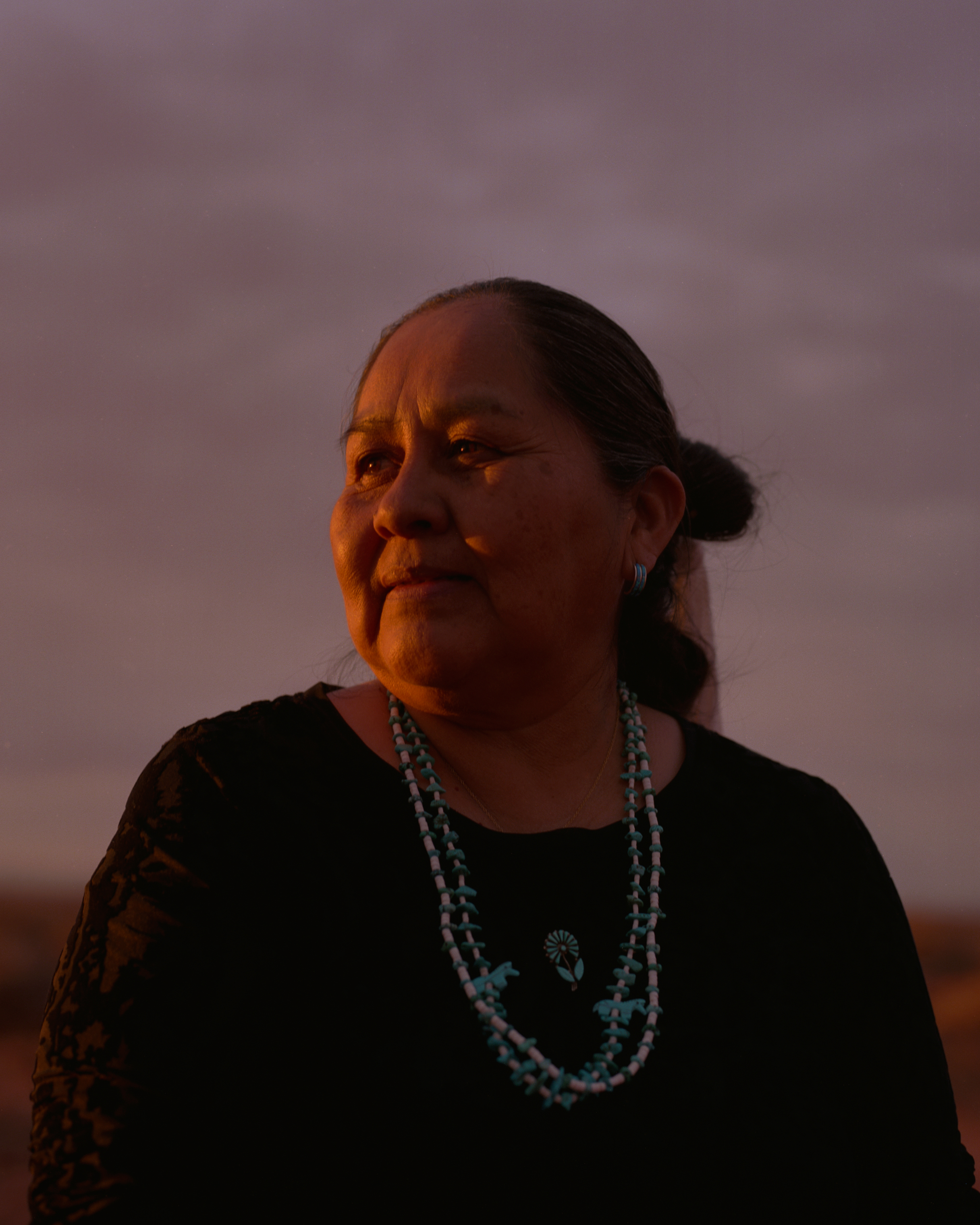
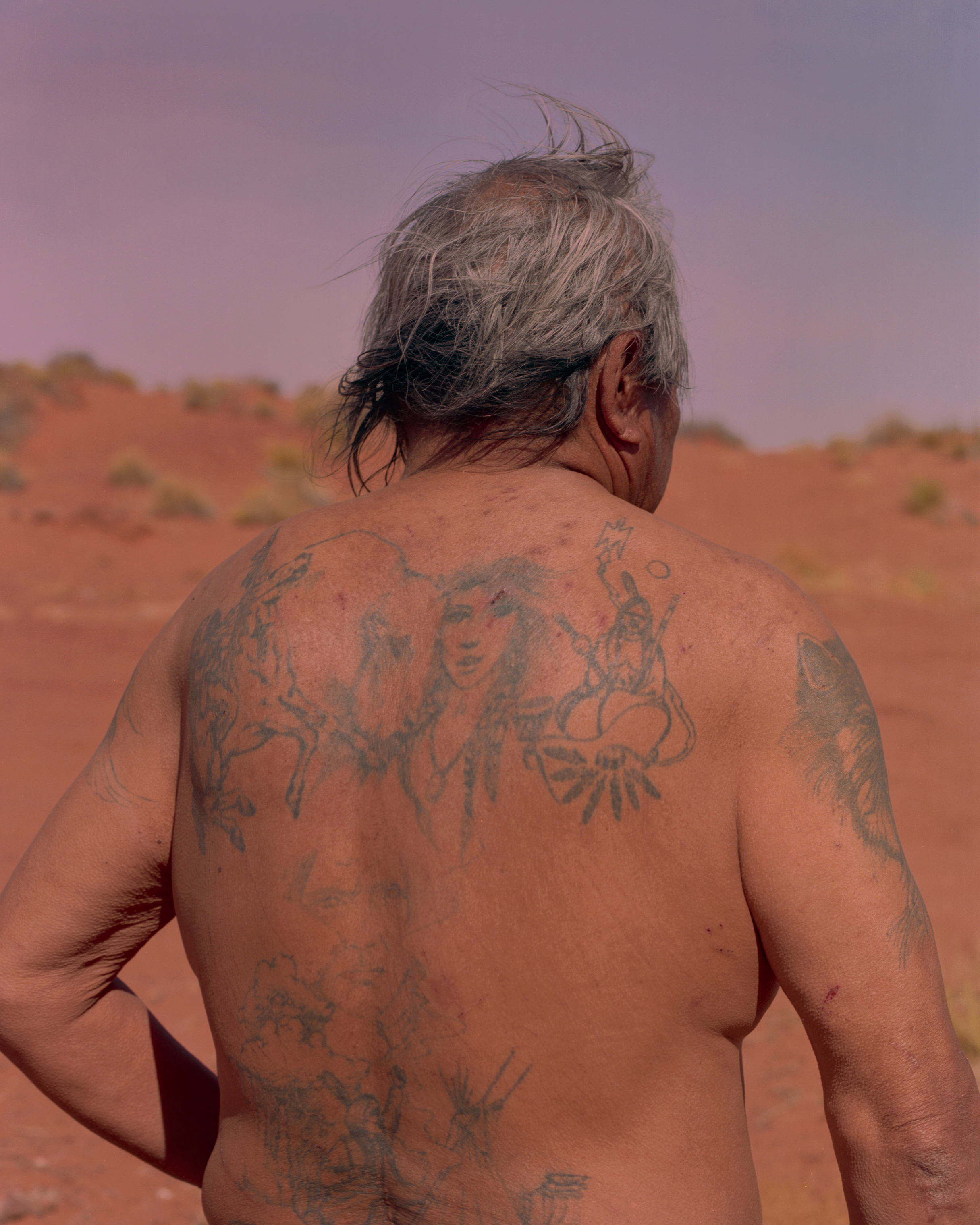
Tribes worked for years to have the area in the Bears Ears region designated as a national monument, with hopes that it would preserve the artifact-laden landscape and give tribes more control over its management. President Obama fulfilled that desire in late 2016, as he was leaving office. When Trump took over, he initiated an unprecedented review of 27 national monuments – which often upset locals who dislike restrictions on how such land can be used – and decided in December to shrink the Bears Ears National Monument by 85%. Opponents of the monument celebrated, while critics argued that it had essentially been abolished.

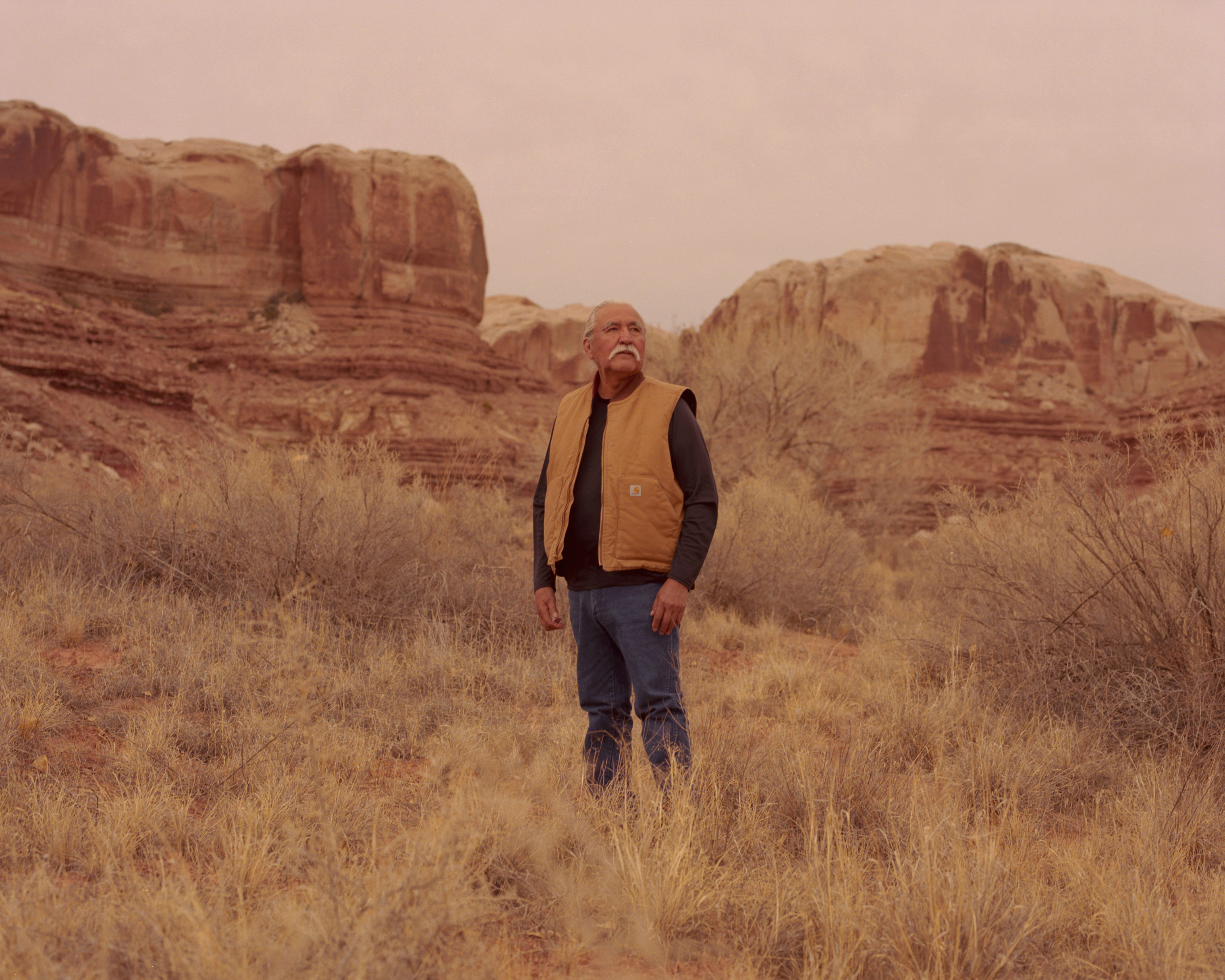
“It’s been really traumatic for tribal members,” says Ethel Branch, attorney general for the Navajo Nation, “particularly for those who are right there on the ground and who have been fighting to have their voice heard for so long, and always facing a quieting of that.” The tribes’ lawsuit, one of several filed over the move, argues that President Trump did not have the authority to alter the monument. As it begins to work its way through the courts – parties are currently arguing over whether the case should be heard in D.C. or Utah – Bears Ears remains in limbo.
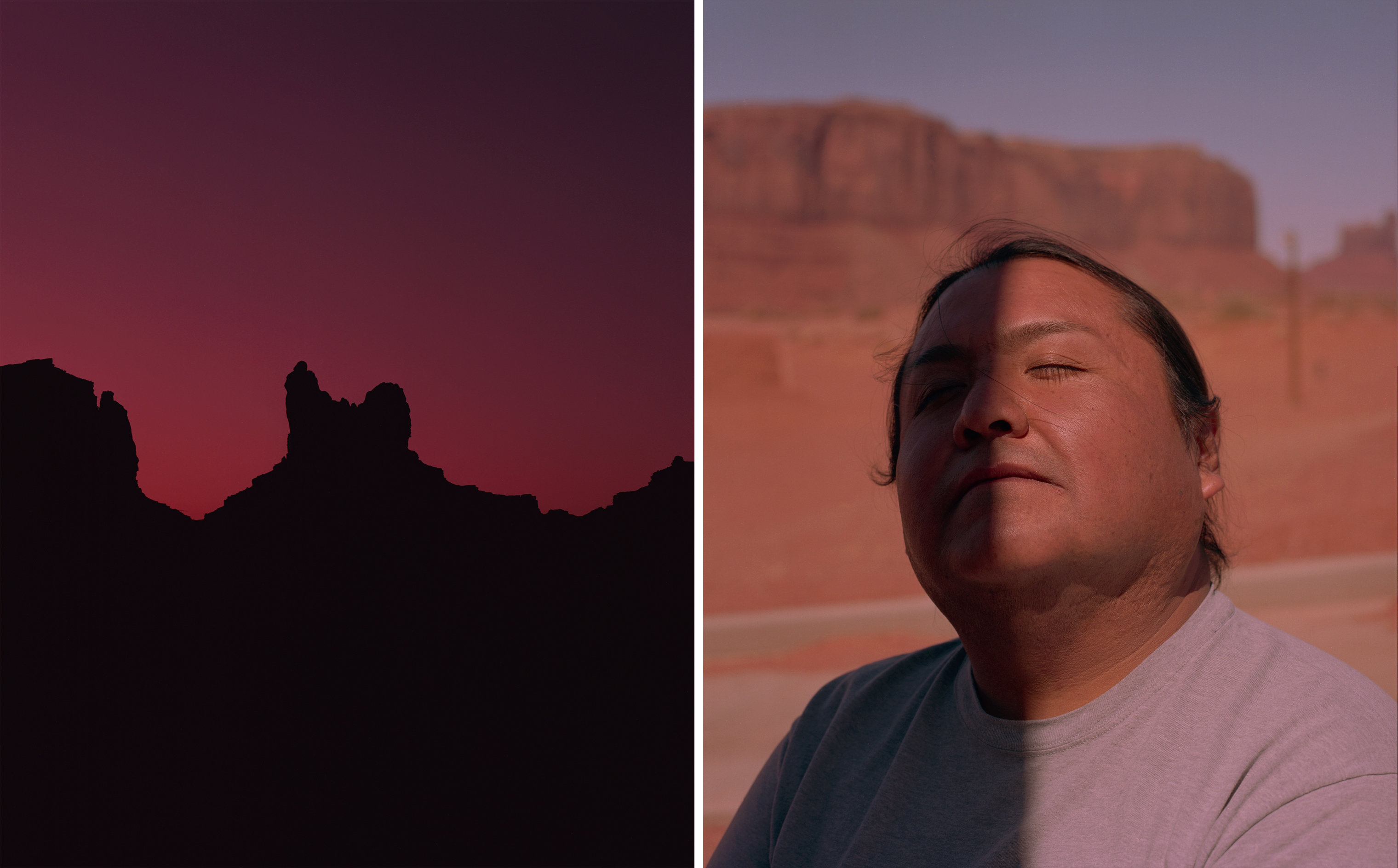
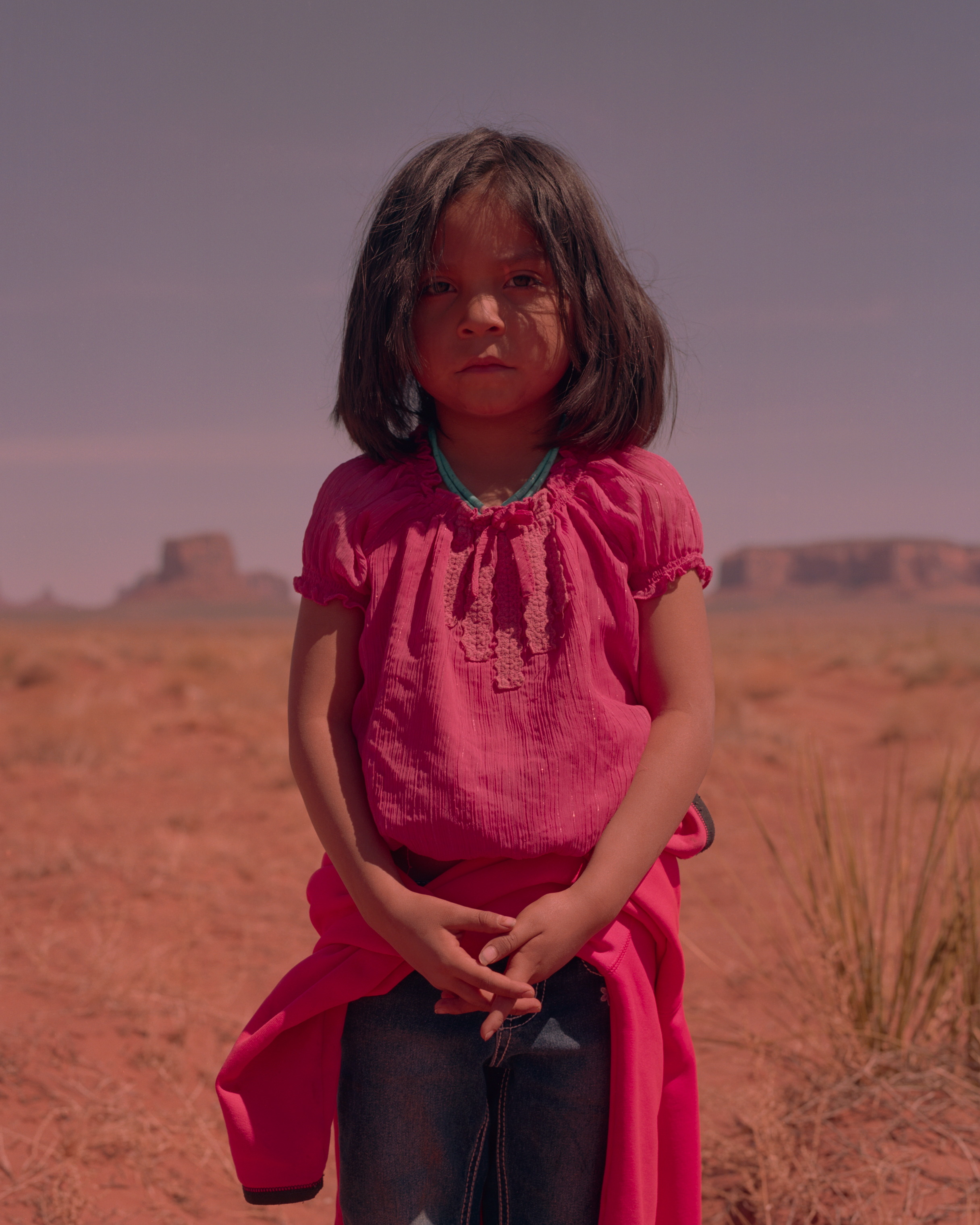
Photographer Ryan Shorosky, who has been documenting the connection between people and the land in the American West, has spent time with Navajo residents in this part of the Southwest. The tribe’s reservation sits right next to the contested area, encompassing parts of Utah, Arizona and New Mexico. As the battle unfolds, some Navajo fear that remnants of their culture, like ancient shelters or pottery, may be looted without the protections and potential resources that monument status provides. Others worry about the ramifications of mining being allowed in the region. Many continue to use the land in the same ways their ancestors did centuries ago, gathering firewood and medicinal herbs that grow there, as well as holding ceremonies. Noting that the area figures into the Navajo people’s creation stories, Shorosky says that Bears Ears “symbolizes their true home,” even though the land is owned by the federal government.
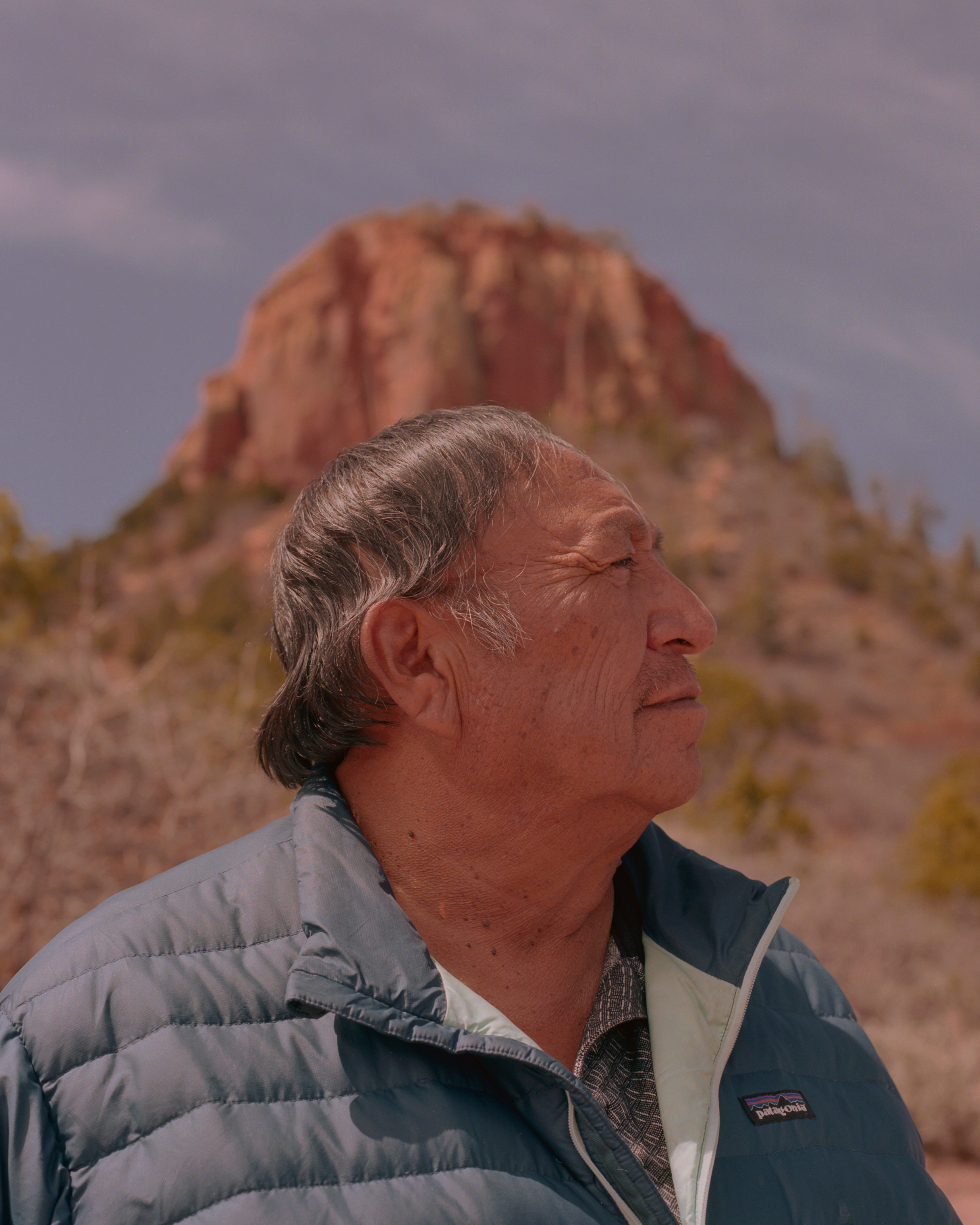

After the Long Walk, American Indians were essentially held captive by the military for years, many perishing in squalid conditions. In 1868, tribe members negotiated a treaty that allowed Navajo people to return to portions of their ancestral homelands, where many still live today. The document will have its 150th anniversary on June 1. One of the signatories, Branch notes, was a Navajo chief named Manuelito, who was born in Bears Ears. She says the key connection between that hard-won agreement and the tribe’s current work to restore the monument is about resilience. “People maintain optimism,” she says. “No matter what difficultly we’ve faced, we’ve always overcome that and reasserted ourselves.”
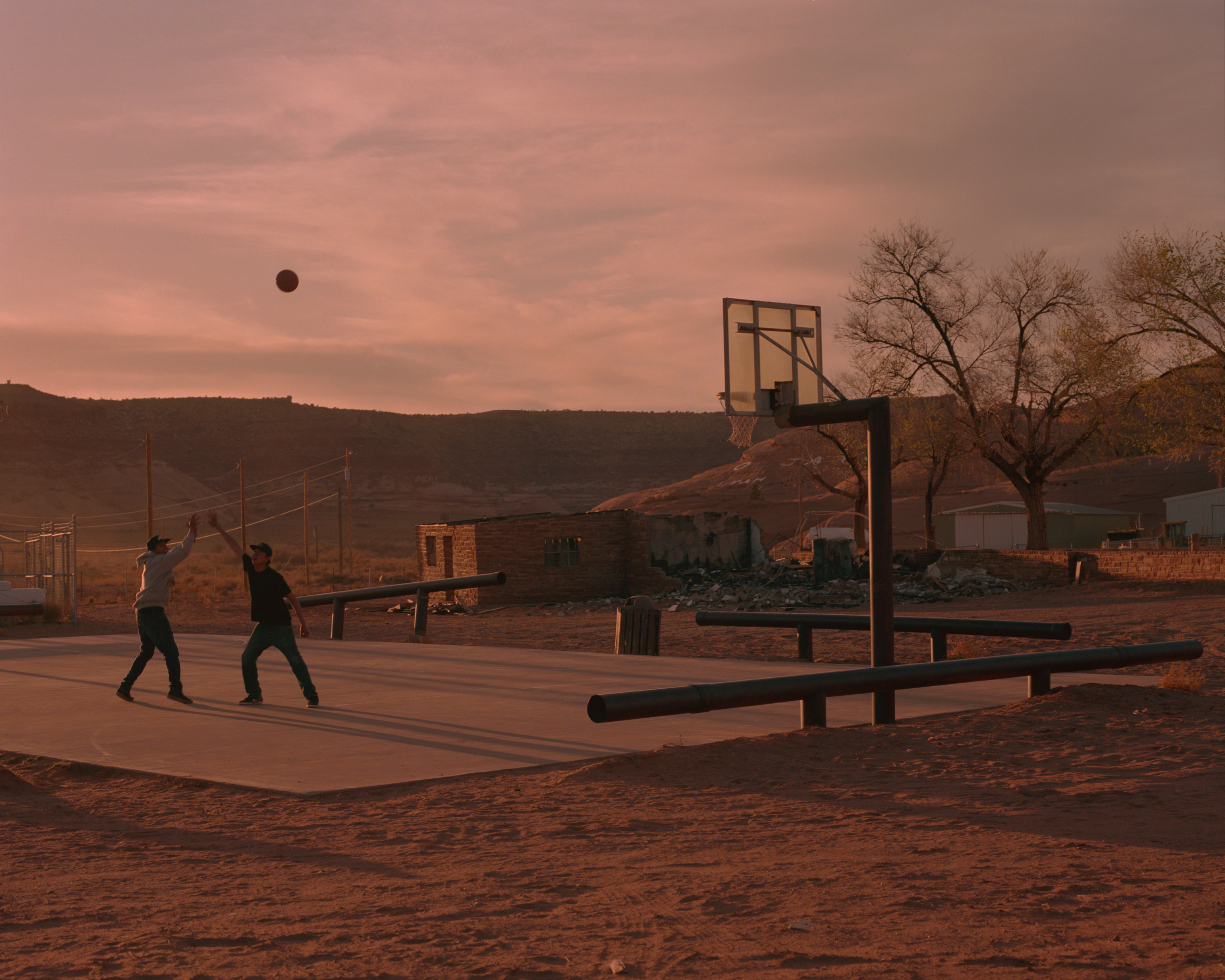
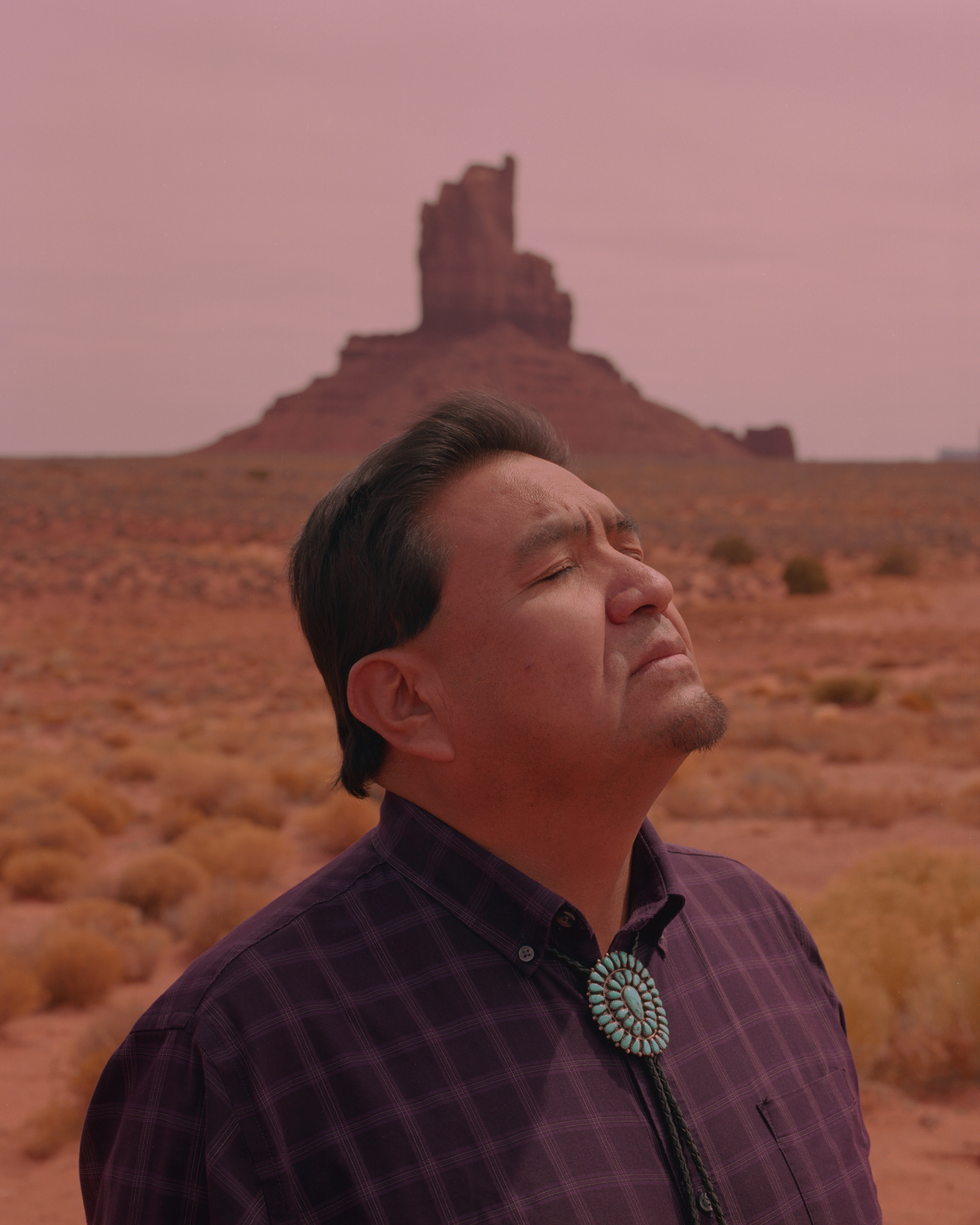
Katy Steinmetz is TIME’s San Francisco Bureau Chief. You can follow her on Twitter @katysteinmetz
Ryan Shorosky is a photographer currently based in Los Angeles. His work focuses in and around themes intrinsic to the American West. You can follow him on Instagram @ryshorosky
Tara Johnson, who edited this photo essay, is Senior Producer at TIME. You can follow her on Instagram @_tara_johnson
- Donald Trump Is TIME's 2024 Person of the Year
- Why We Chose Trump as Person of the Year
- Is Intermittent Fasting Good or Bad for You?
- The 100 Must-Read Books of 2024
- The 20 Best Christmas TV Episodes
- Column: If Optimism Feels Ridiculous Now, Try Hope
- The Future of Climate Action Is Trade Policy
- Merle Bombardieri Is Helping People Make the Baby Decision
